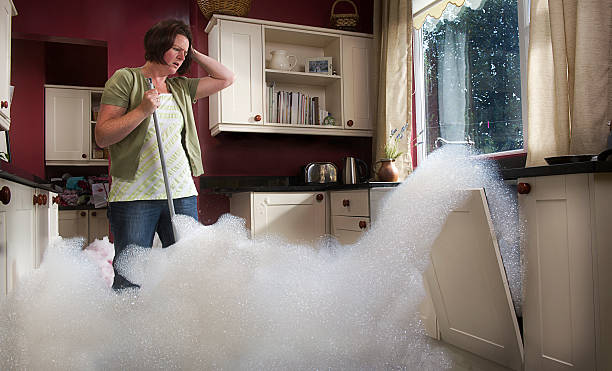In the realm of modern dishwashers, drying dishes is a crucial step to ensure that dishes emerge from the wash cycle clean, dry, and ready for use. Various drying methods are employed by dishwasher manufacturers, each with its own advantages and considerations regarding reliability. In this article, we’ll explore and compare the reliability of different drying methods used in dishwashers, shedding light on their effectiveness, energy efficiency, and potential impact on the longevity of the appliance.
Heating Element Drying
Heating element drying, also known as thermal drying, is one of the most common methods used in traditional dishwashers. In this method, a heating element located at the base of the dishwasher heats the air inside the dishwasher cavity, causing moisture on the dishes to evaporate. While heating element drying is generally effective in producing dry dishes, it can be energy-intensive and may contribute to higher electricity consumption.
Reliability: Heating element drying is a tried-and-tested method that has been used in dishwashers for decades. While it is generally reliable, the heating element may be susceptible to wear and tear over time, potentially leading to decreased efficiency or malfunctions. Regular maintenance and proper care can help prolong the lifespan of the heating element and ensure consistent drying performance.
Condensation Drying
Condensation drying, also known as passive drying or air drying, is a more energy-efficient alternative to heating element drying. In this method, the dishwasher’s final rinse cycle uses cooler water, which cools the dishes and dishwasher interior. As the air inside the dishwasher cools, moisture condenses on the cooler surfaces, including the dishes, effectively drying them without the need for additional heat.
Reliability: Condensation drying is generally considered reliable and energy-efficient, with fewer moving parts compared to heating element drying. However, the effectiveness of condensation drying may vary depending on factors such as ambient humidity levels and the type of dishes being washed. Plastic items may retain moisture more than glass or ceramic dishes, leading to less effective drying in some cases.
Fan-Assisted Drying
Fan-assisted drying, also known as active drying or turbo drying, is a newer drying method that combines the benefits of condensation drying with the added assistance of a fan. In this method, a fan circulates air inside the dishwasher cavity, promoting faster evaporation of moisture from the dishes and dishwasher interior. Fan-assisted drying is often touted for its ability to produce drier dishes in less time compared to passive drying methods.
Reliability: Fan-assisted drying is generally considered reliable and effective in producing dry dishes, particularly for users who prioritize quick drying times and optimal results. The addition of a fan may enhance the drying performance of the dishwasher, especially in humid environments or when washing plastic dishes that tend to retain moisture. However, the presence of a fan introduces an additional component that may require maintenance or replacement over time.
Comparison of Reliability
When comparing the reliability of different drying methods in dishwashers, several factors come into play:
Effectiveness: Heating element drying is generally effective in producing dry dishes but may be less energy-efficient compared to condensation drying. Condensation drying is energy-efficient but may not produce completely dry dishes, particularly with plastic items. Fan-assisted drying offers the best of both worlds, providing effective drying performance with enhanced energy efficiency.
Energy Efficiency: Condensation drying and fan-assisted drying are generally more energy-efficient than heating element drying, as they rely on natural processes such as air circulation and moisture condensation to dry the dishes. Heating element drying requires the use of additional energy to heat the air inside the dishwasher, contributing to higher electricity consumption.
Longevity: While all three drying methods are generally reliable, heating element drying may be more susceptible to wear and tear over time due to its reliance on a heating element. Condensation drying and fan-assisted drying involve fewer moving parts and may require less maintenance, potentially leading to longer-lasting reliability.
In conclusion, the reliability of different drying methods in dishwashers depends on various factors such as effectiveness, energy efficiency, and longevity. While heating element drying is a traditional and proven method, condensation drying and fan-assisted drying offer energy-efficient alternatives with comparable reliability. Ultimately, the choice of drying method depends on individual preferences, priorities, and the specific needs of the user. By understanding the pros and cons of each drying method, consumers can make informed decisions when selecting a dishwasher that best suits their requirements for reliability and performance.
Don’t let appliance malfunctions disrupt your daily routine. Trust Chula Vista Appliance Repair Company to get your appliances back up and running smoothly. Visit our website today to find out more about our exceptional services and how we can assist you. Experience the difference with Chula Vista Appliance Repair Company – your go-to expert for reliable appliance repairs.
Contact us
(619) 880-5508


